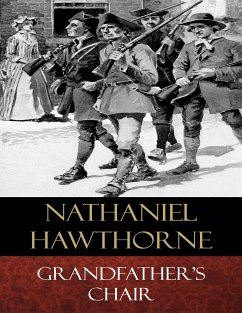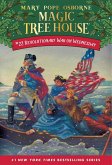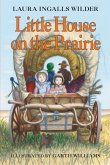Grandfather's Chair is a short story collection written by American author Nathaniel Hawthorne (1804-1864). To the literary student "Grandfather's Chair" presents two points deserving notice: one, the fact that the incident of Endicott's cutting the red cross from the banner of England, which furnished the motive for a Twice-Told Tale, is here treated in a manner quite different; the other, that the exile of the Acadians is chosen by Hawthorne as one of the occurrences likely to appeal to his youthful audience. It will be remembered by every one acquainted with recent American literary history, that Hawthorne surrendered to Longfellow the story which formed the groundwork of "Evangeline." This story was told to Hawthorne in October, 1839, just at the period when he was writing "Grandfather's Chair." Perhaps the editor may be pardoned if he here remarks that he has often been skeptical as to the indifference, which it has sometimes been alleged that Hawthorne displayed towards the pathetic tradition which prompted "Evangeline;" and that the romancer should, at the very time of hearing the story, have been engaged in treating the exile of the Acadians with a sympathy so unmistakable, as is shown even in his brief child's story, tends to confirm this skepticism. Longfellow had done Hawthorne a great kindness by noticing favorably in the "North American Review" his friend's "Twice-Told Tales." It seems probable enough that Hawthorne, on seeing how much the Evangeline anecdote struck his friend the poet, resolved to yield it up at once, without betraying any intention he may have had of utilizing it himself.
Dieser Download kann aus rechtlichen Gründen nur mit Rechnungsadresse in A, B, BG, CY, CZ, D, DK, EW, E, FIN, F, GR, HR, H, IRL, I, LT, L, LR, M, NL, PL, P, R, S, SLO, SK ausgeliefert werden.









